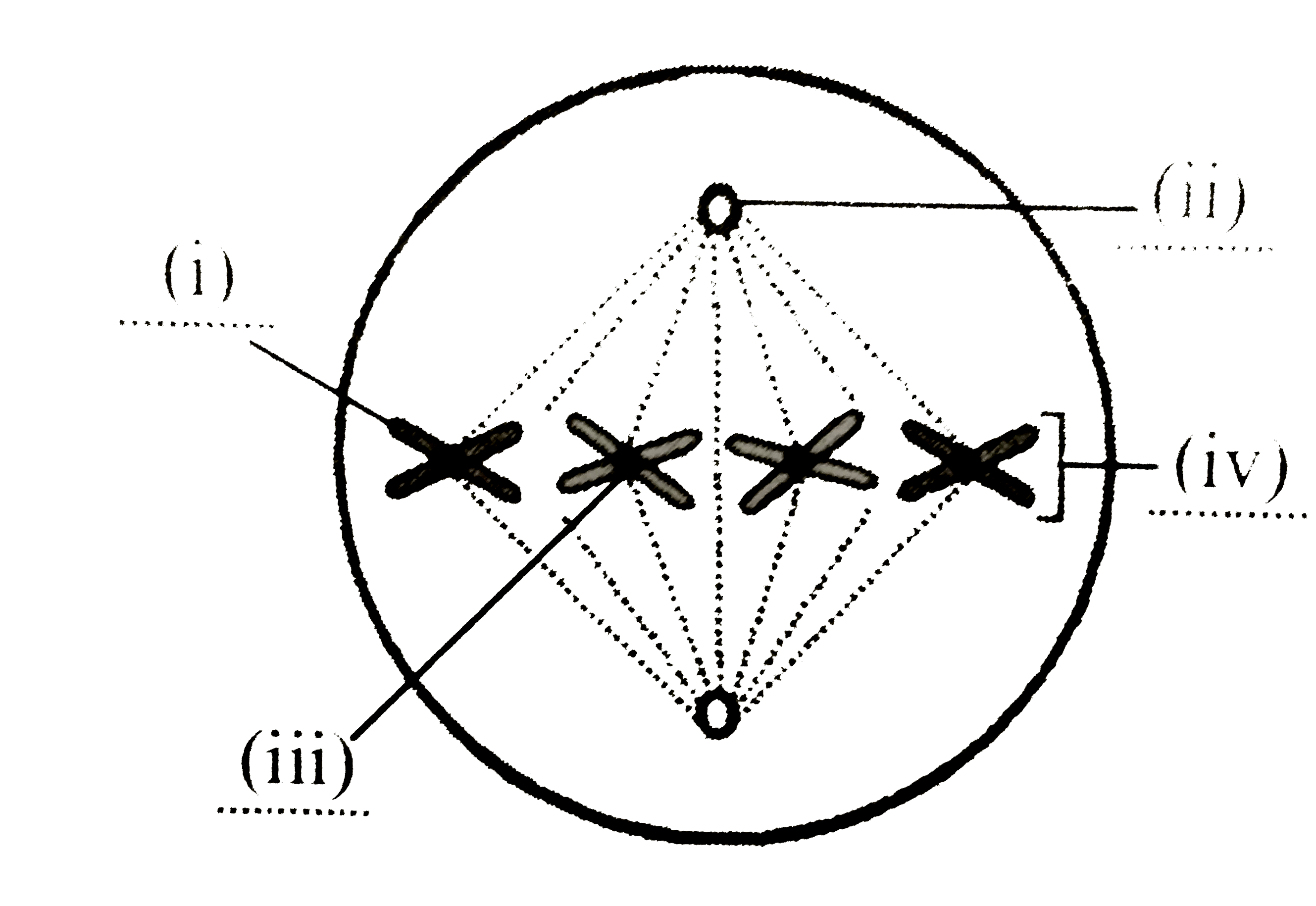Linear structure is assumed by:
(I) NCO (II)CS2 (III)+NO2 (IV)Solid BeH2
all four
(II), (III) and (IV)
(I), (II) and (III)
(II) and (III)
The correct Answer is:C
To determine which of the given compounds has a linear structure, we will analyze each option step by step.
Step 1: Analyze NCO (Cyanate Ion)
1. Draw the Lewis Structure:
- Nitrogen (N) has 5 valence electrons, Carbon (C) has 4, and Oxygen (O) has 6.
- The total number of valence electrons = 5 + 4 + 6 = 15.
- The most stable structure involves a triple bond between N and C, and a double bond between C and O, resulting in the structure: N≡C-O.
- The negative charge can be placed on the oxygen atom.
2. Determine the Geometry:
- The N≡C-O structure is linear due to the triple bond between N and C, which does not allow for any angle deviation.
Step 2: Analyze CS₂ (Carbon Disulfide)
1. Draw the Lewis Structure:
- Carbon (C) has 4 valence electrons, and each Sulfur (S) has 6.
- The total number of valence electrons = 4 + 2(6) = 16.
- The structure can be represented as: S=C=S, where carbon is in the center.
2. Determine the Geometry:
- The S=C=S structure is also linear due to the double bonds on either side of carbon.
Step 3: Analyze NO₂⁺ (Nitronium Ion)
1. Draw the Lewis Structure:
- Nitrogen (N) has 5 valence electrons, and each Oxygen (O) has 6.
- The total number of valence electrons = 5 + 2(6) - 1 (for the positive charge) = 16.
- The structure is drawn as: O=N^+=O, with a double bond between N and each O.
2. Determine the Geometry:
- The O=N=O structure is linear due to the double bonds, which allows for a 180-degree bond angle.
Step 4: Analyze BeH₂ (Beryllium Dihydride)
1. Draw the Lewis Structure:
- Beryllium (Be) has 2 valence electrons, and each Hydrogen (H) has 1.
- The total number of valence electrons = 2 + 2(1) = 4.
- The structure is represented as: H-Be-H.
2. Determine the Geometry:
- The H-Be-H structure is bent due to the presence of lone pairs on beryllium, resulting in an angle less than 180 degrees.
Conclusion
From the analysis:
- Linear Structures: NCO, CS₂, NO₂⁺
- Non-Linear Structure: BeH₂
Thus, the compounds that assume a linear structure are NCO, CS₂, and NO₂⁺.
Final Answer
The correct options that assume a linear structure are (I) NCO, (II) CS₂, and (III) NO₂⁺.
1. Draw the Lewis Structure:
- Nitrogen (N) has 5 valence electrons, Carbon (C) has 4, and Oxygen (O) has 6.
- The total number of valence electrons = 5 + 4 + 6 = 15.
- The most stable structure involves a triple bond between N and C, and a double bond between C and O, resulting in the structure: N≡C-O.
- The negative charge can be placed on the oxygen atom.
- The N≡C-O structure is linear due to the triple bond between N and C, which does not allow for any angle deviation.
1. Draw the Lewis Structure:
- Carbon (C) has 4 valence electrons, and each Sulfur (S) has 6.
- The total number of valence electrons = 4 + 2(6) = 16.
- The structure can be represented as: S=C=S, where carbon is in the center.
- The S=C=S structure is also linear due to the double bonds on either side of carbon.
1. Draw the Lewis Structure:
- Nitrogen (N) has 5 valence electrons, and each Oxygen (O) has 6.
- The total number of valence electrons = 5 + 2(6) - 1 (for the positive charge) = 16.
- The structure is drawn as: O=N^+=O, with a double bond between N and each O.
- The O=N=O structure is linear due to the double bonds, which allows for a 180-degree bond angle.
1. Draw the Lewis Structure:
- Beryllium (Be) has 2 valence electrons, and each Hydrogen (H) has 1.
- The total number of valence electrons = 2 + 2(1) = 4.
- The structure is represented as: H-Be-H.
- The H-Be-H structure is bent due to the presence of lone pairs on beryllium, resulting in an angle less than 180 degrees.
From the analysis:
- Linear Structures: NCO, CS₂, NO₂⁺
- Non-Linear Structure: BeH₂
The correct options that assume a linear structure are (I) NCO, (II) CS₂, and (III) NO₂⁺.
Topper's Solved these Questions
- CHEMICAL BONDING (ADVANCED)BOOK - VK JAISWAL ENGLISHCHAPTER - CHEMICAL BONDING (ADVANCED)EXERCISE - Level 2
150 Videos
- CHEMICAL BONDING (ADVANCED)BOOK - VK JAISWAL ENGLISHCHAPTER - CHEMICAL BONDING (ADVANCED)EXERCISE - Level 3
77 Videos
- CHEMICAL BONDING (BASIC)BOOK - VK JAISWAL ENGLISHCHAPTER - CHEMICAL BONDING (BASIC)EXERCISE - SUBJECTIVE PROBLEMS
54 Videos
Similar Questions
Knowledge Check
The correct stability order of the following resonance structures is :
H2C=⊕N=өN(I) H2⊕C−N≡өN(II) H2өC−⊕N≡N(III) H2өC−N=⊕N(IV)AI>II>IV>IIIBI>III>II>IVCII>I>III>IVDIII>I>IV>II
Label the structure indicated by (i), (ii), (iii) and (iv)-

View SolutionAmong the following four structures I to IV
(I) H5C2−CH3∣CH−C3H7
(II) H3C−O∣C−CH3∣CH−CH2H5
(III) H−H∣H+∣H
(IV) H5C2−CH3∣CH−C2H5
In is true that
View SolutionArrange the following molecule/species in the order of their increasing bond orders.
(I)O2, (II)O−2, (III)O2−2, (IV)O+2
View SolutionThe correct order of basicities of the following compounds is -
(I)_E01_945_Q01.png) , (II) CH3CH2NH2 : (III) (CH3)2NH , (IV) CH3−O∣∣C−NH2⎞⎟
⎟⎠
, (II) CH3CH2NH2 : (III) (CH3)2NH , (IV) CH3−O∣∣C−NH2⎞⎟
⎟⎠
View SolutionFind the number of following reactions which are involved in roasting process :
(i) S8+8O2Δ−−→8SO2↑⏐⏐
(ii) P4+5O2Δ−−→P4O10↑⏐⏐
(iii) 4As+3O2Δ−−→2As2O3↑⏐⏐
(iv) 2ZnS+3O2Δ−−→2ZnO+2SO2↑⏐⏐
(v) ZnCO3Δ−−→4ZnO+CO2↑⏐⏐.
View SolutionWrite the Lewis symbols of (i) C (ii) Cl (iii) O2− (iv) N3−
View SolutionCorrect order of basic strength is :-
(I) CH3−O∣∣C−NH2 (II) C6H5−NH2
(III) H2N−NH∣∣C−NH2 (IV) C6H5−O∣∣C−NHCHO
View Solution
